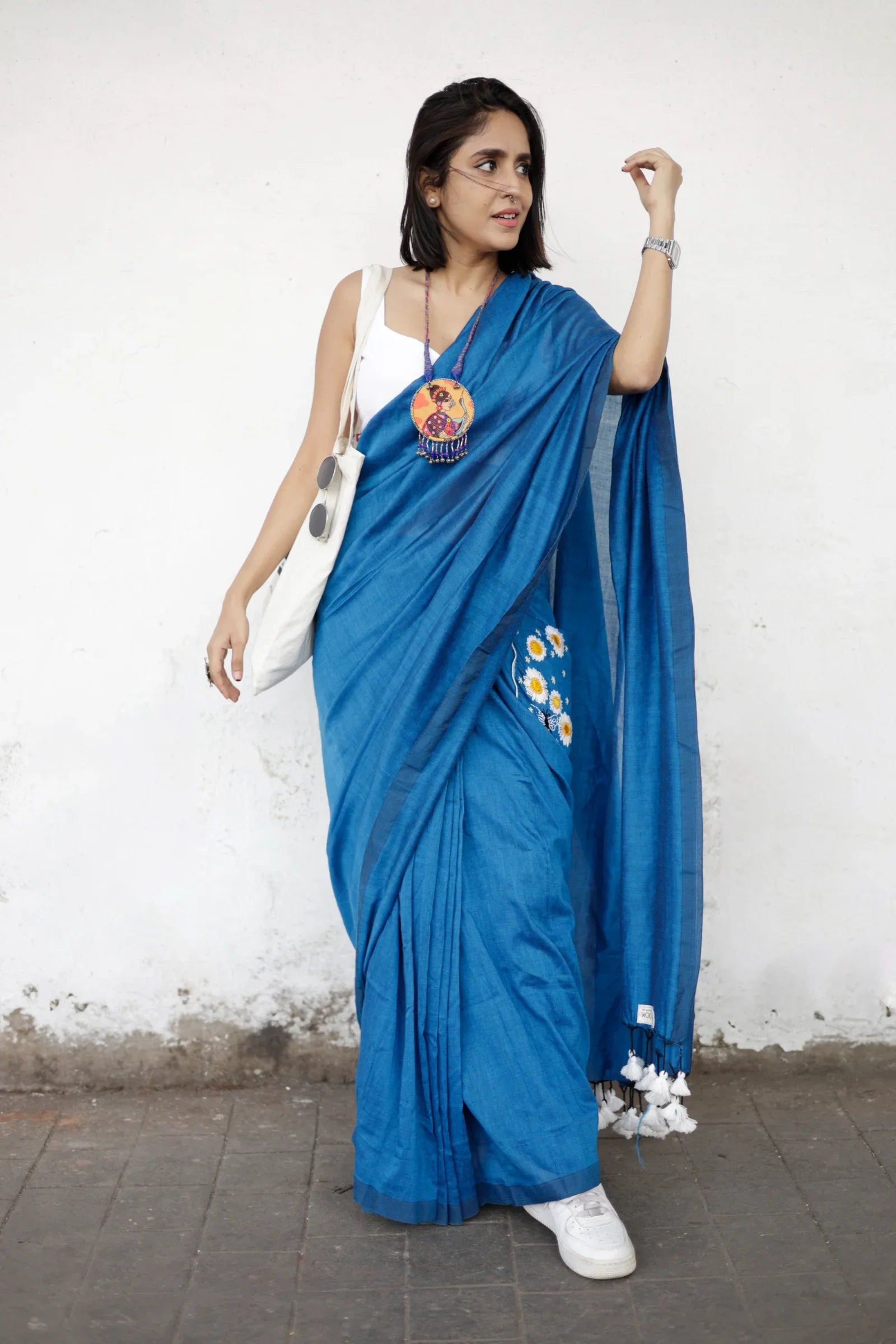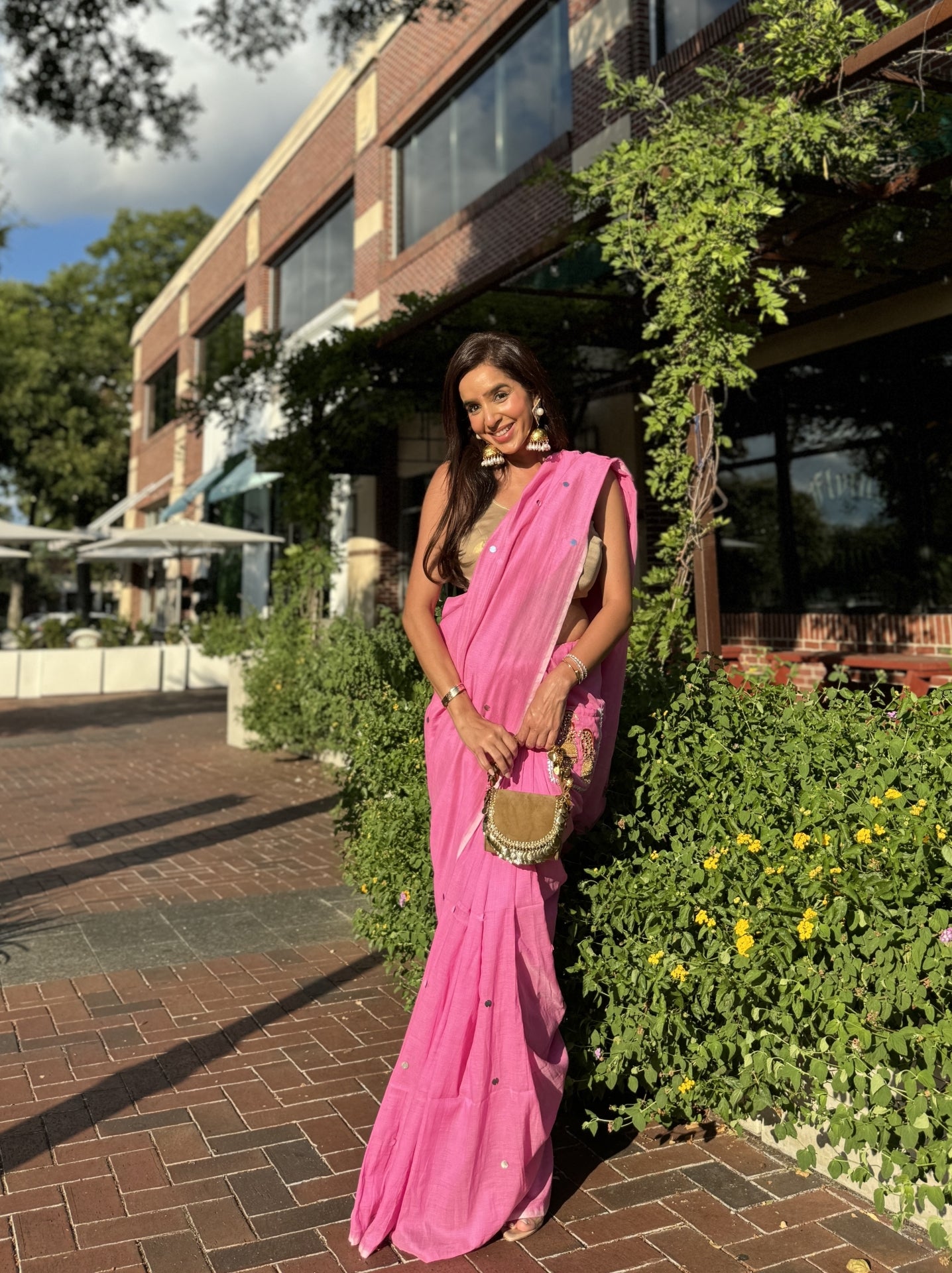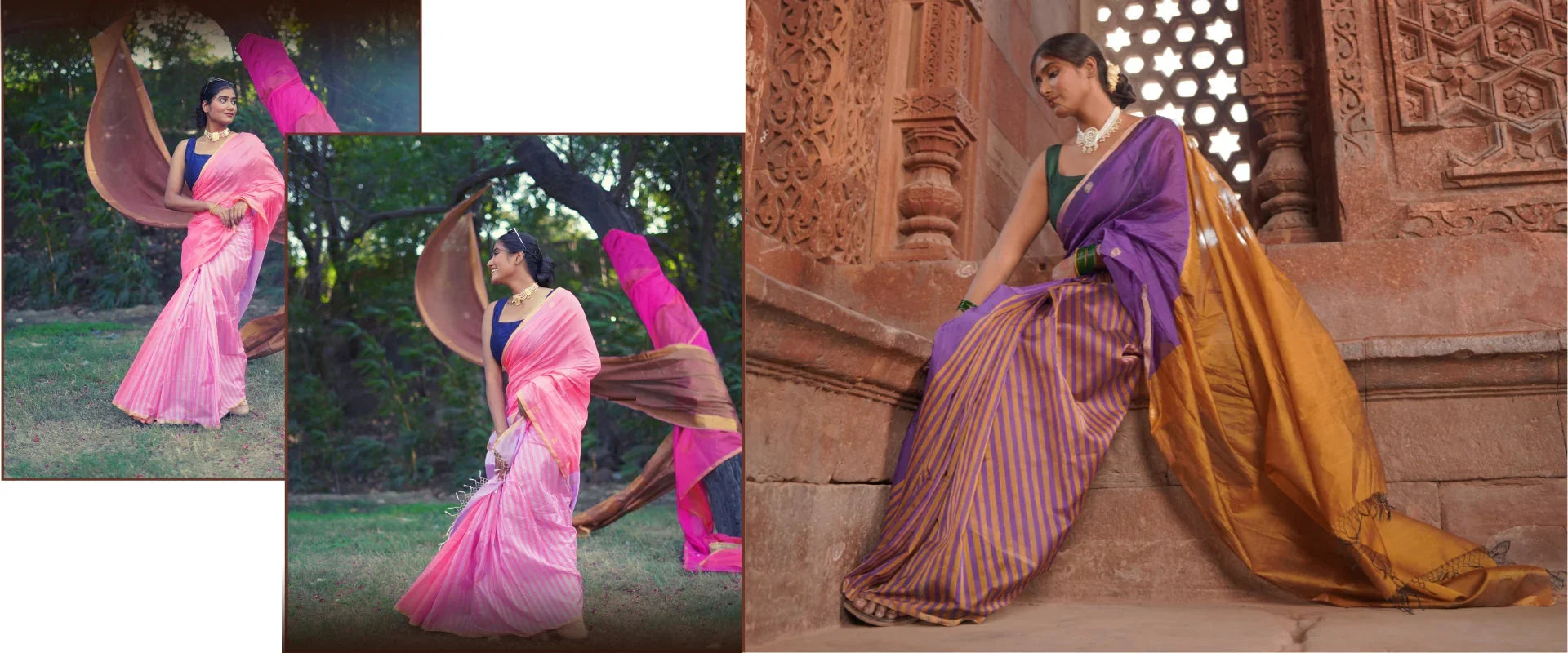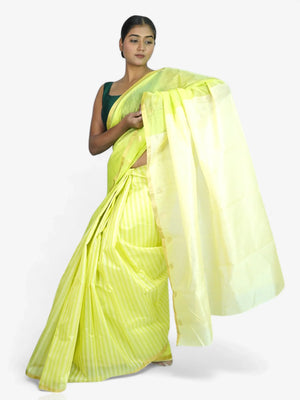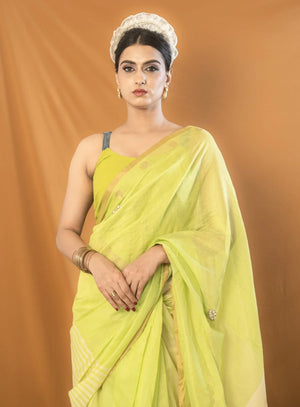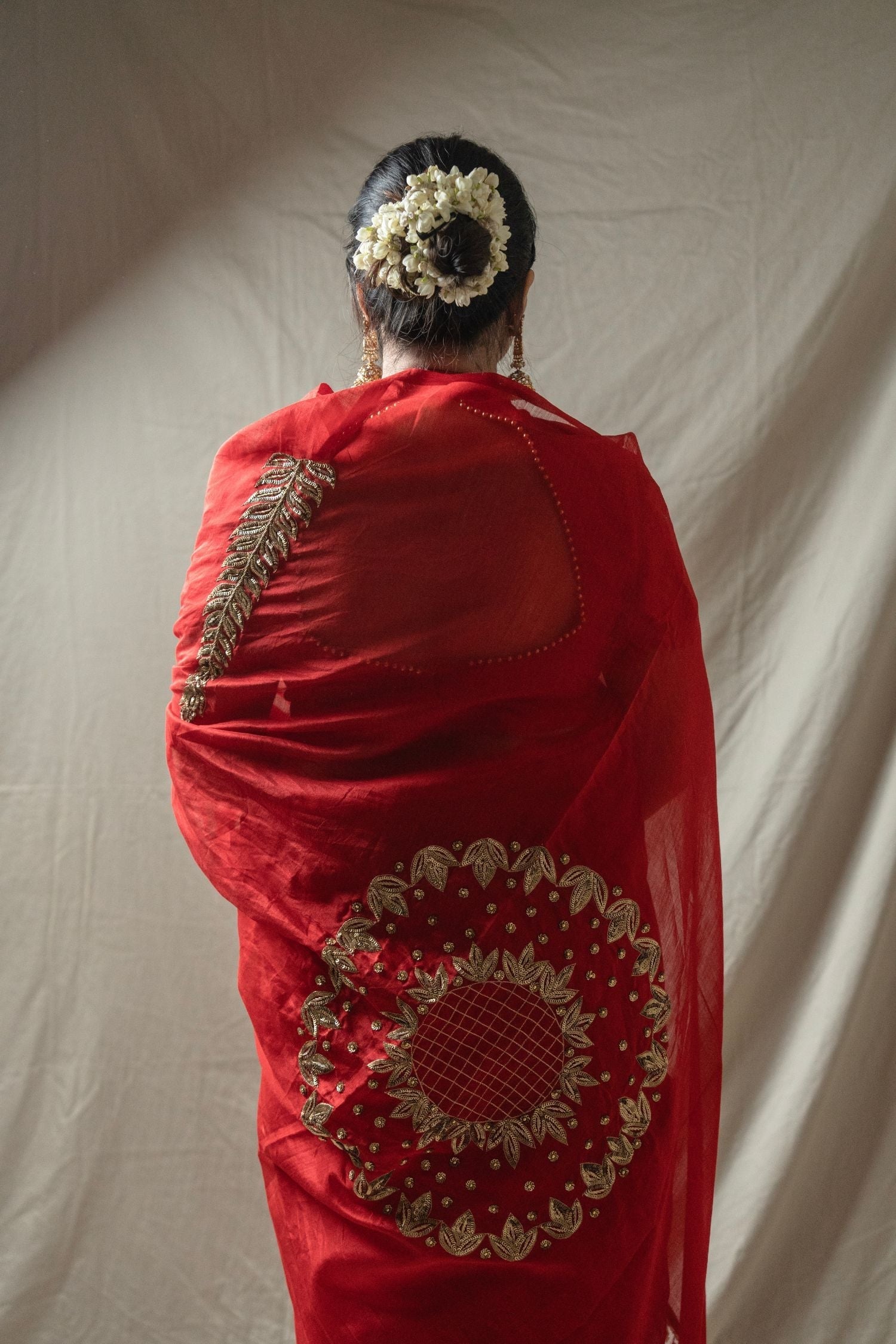Introduction
The beautiful embroidery present in Indian sarees evokes traditional, colorful, and intricate handwork. Each saree has been intentionally embellished by an embroideder, surface-level design with beautiful stitches, that highlight an incredible cultural skill beyond words or explanations, which spans centuries of time.
Hook (Attention-grabber):
Can you even imagine the weight of wearing a saree so loaded with embroidery and thread work that each thread, each stitch, and each motif is a story of centuries of royalty, and tribute pieces, village festivals and common folk pride, or oral shared stories across generations?! That is the wonder of Indian embroidery.
Overview of the topic:
This blog will explore Indian embroidery styles on four specific types of embroidery (, Zari, Kantha, Phulkari, etc.) that vary in texture, motifs and associated cultural meanings.
Thesis statement (main point):
Understanding these techniques and embroidery honour both textile heritage in India, while empowering readers to understand, appreciate, select, and invest in authentic embroidered sarees.
1. Zari Embroidery
What is Zari? (Fact)
Zari refers to metallic threads (in history these were real gold or silver) weaved or embroidered into a fabric (usually silk) to create glittering designs. Zari can be in the form of an intricate border or beautiful motifs, most commonly on sarees.
Cultural Import (Fact)
Zari originated in Varanasi (Banaras) and big/small continued to grow under Mughal patronage. Zari became linked with noble garments/clothes, specifically bridal garments/clothes.
Engineering and Process (Fact & some opinion)
Artisans weave very thin strips of metal or suspend threads in elaborate floral or paisley motifs.
Opinion: Zari adds some ceremonial heft and luster to any saree in my experience.
Example:
A classic Banarasi saree with Zari woven all over floral jaal (or pattern) is an example of this technique.
Supporting Evidence (Opinion)
When wearing a saree with zari, there is an exquisite narra-gating weight and luster that seems royal—it is based on opinion derived from the saree 's scheming/exciting and the wearer's experience.
2. Kantha Embroidery
What is Kantha? (Fact)
Kantha is primarily run-stitch embroidery with often a variety of colored threads on fabric surfaces, usually cotton or silk. The stitches are in the main running-stitch (filling); the motifs use many possibilities, paisley, animal, or angles.
Origins and Cultural Context (Fact)
- Kantha was originally started in rural West Bengal and Bangladesh, where women would come together with useless dhotis and sarees to quilt.
- Kantha expresses re-use, thrift, to perform-home spun cleverness.
Technique/Process (Fact)
- Artisans' embroidery typically goes along the general rough parallel lines of running-stitch embroidery, so the artisans can enjoy a sort of artistic wrinkled texture in the satin remaining in Kantha textiles.
- Appliques can also be thought of as part of the Kantha definition.
Typical examples
- Might be a Kantha saree quilted with running-stitch peacock motifs, or perhaps a temple order.
- Some quilted sarees might be referred to as reversible, and also include running-stitch patterns + Kantha stitch.
Opinion
I engage with Kantha with a reflection because of its simplicity and directness, Kantha’s simplicity makes it deeply relatable for the everyday, and need for small resourceful artisan's aspirations-all the stitches are worked with human, personal, and loving intention.


